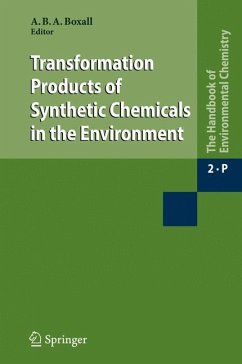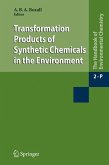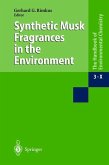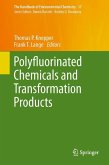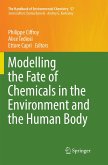Following release to the environment, synthetic chemicals may be degraded by biotic and abiotic processes. The degradation of the chemical can follow a plethora of pathways and a range of other substances can be formed via thesedifferentpathways(e.g.[1]).Anumberoftermshavebeenusedforthese substances including metabolites, degradates and transformation products in this book we use the term transformation products. While we often know a lot about the environmental properties and effects of the parent synthetic chemical, we know much less about the transformationproducts. Transformationproductscanbehave very differently fromtheparent c- pound (e.g. [2]). For example, selected transformation products are much more persistent than their associated parent compound in soils, waters and sediments andsomemaybetransported aroundthelocal,regionalandglobal environmentstoadifferentextentthantheparentcompound.Transformation products can also have very different toxicities than the parent compound (e.g. [3]) and in some cases transformation products can be orders of mag- tude more toxic than their parent compound; although this situation is rare. The environmental risks of transformation products can therefore be very different than the risks of the parent compound. Thepotentialenvironmentalimpactsoftransformationproductsarerec- nised by many regulatory assessment schemes. For example, in the EU, pes- cideproducersarenotonlyrequiredtoassessthefateandeffectsoftheparent pesticide but are also required to assess the potential adverse effects of major metabolitesandminor metabolitesthat aredeemed tobeofconcern[4]. S- ilar requirements also exist for new human and veterinary pharmaceuticals and biocides (e.g. [5]). However, for many older substances and many other substance classes (e.g. industrial chemicals), data on the environmental risks of transformationproductscan be limited or non-existent.

